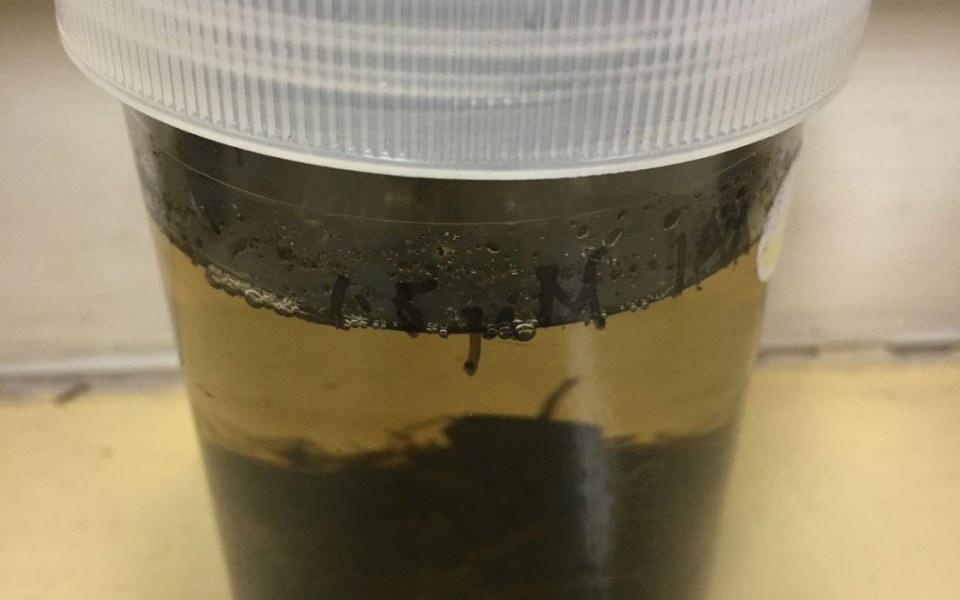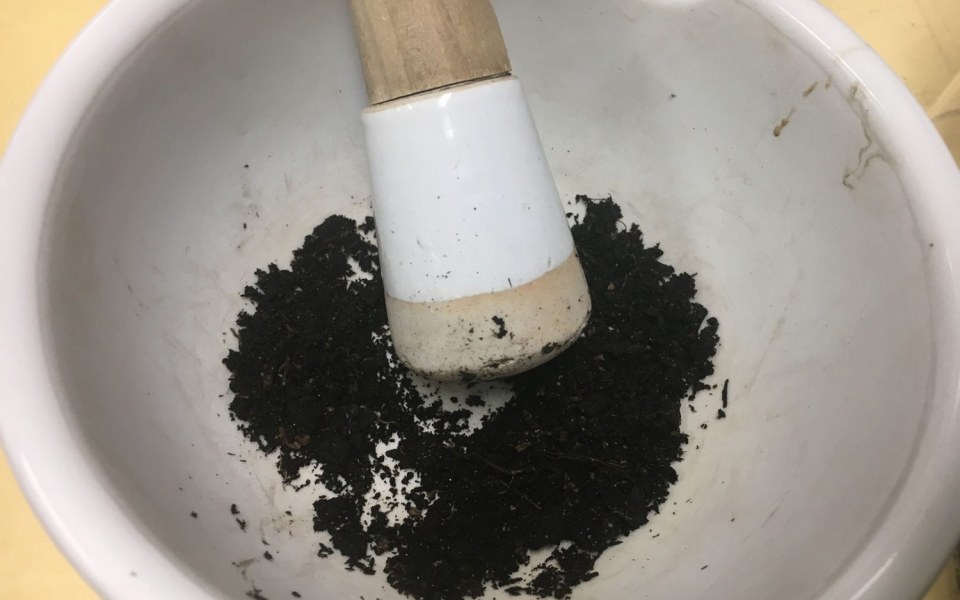It’s relatively easy to do a basic soil type test to help you understand your soil profile.
It’s called the hand texturing or extrusion test.
Basically, you take a fist full of your soil, wet it so that you are able to shape it into a ball. Then you lightly “extrude” the ball using your forefinger and thumb and see whether what form it takes. For example, clay soil would be able to be extruded into a sausage form whilst a propagation mix would be difficult to extrude/form into a ball.
Examples of different soil types are as follows:
Testing the soil’s pH is the easy part. The adjustment bit is a little trial and error to get it right. We’ll discuss both in turn.
The pH level is a chemical measure expressing the acidity or alkalinity of a solution on a scale on which 7 is neutral, lower values are more acid and higher values more alkaline.
Acidic soil has a pH value below 7.0 and alkaline soil has a value above 7.0.
“Soil pH is important because it influences several soil factors affecting plant growth, such as (1) soil bacteria, (2) nutrient leaching, (3) nutrient availability, (4) toxic elements, and (5) soil structure.
Bacterial activity that releases nitrogen from organic matter and certain fertilizers is particularly affected by soil pH, because bacteria operate best in the pH range of 5.5 to 7.0. Plant nutrients leach out of soils with a pH below 5.0 much more rapidly than from soils with values between 5.0 and 7.5. Plant nutrients are generally most available to plants in the pH range 5.5 to 6.5. Aluminum may become toxic to plant growth in certain soils with a pH below 5.0.
Further, the structure of the soil, especially of clay, is affected by pH. In the optimum pH range (5.5 to 7.0) clay soils are granular and are easily worked, whereas if the soil pH is either extremely acid or extremely alkaline, clays tend to become sticky and hard to cultivate.”
Therefore, getting the right pH level is important. As detailed above, there is strong science behind this. The wrong pH level will mean that your plants may become nutrient deficient and struggle to grow!
We’d suggest that it’s a good idea to test the pH level of your soil:
- before designing or planting a new garden, creating a vegetable plot or planting varieties of fruit;
- when your plants display stunted growth; or
- when there is some evidence of yellowing foliage.
As mentioned previously, test your soil in a few different parts of your garden as you’d be surprised how much the pH levels can vary.
Another thing to note is that if you’ve already added lime, fertiliser or organic matter to your soil recently, it is advised to wait three months before you get an accurate reading.
After testing your soil, if you have a pH value over 7.0, it indicates you have alkaline soil. As discussed above, you need to determine if this is due to recent application of lime or whether it is due to an inherent characteristic of the soil.
An alkaline reading will mean that your soil is low on nutrients like phosphorus, iron and manganese.
To increase the acidity in your soil, you can add things like compost and manure, leaf matter or clippings from your garden or mulch. However, make sure you avoid using mushroom compost and poultry manures as these will drastically increase the alkalinity of the soil.
A powdered sulphur may be needed to help if the pH reading is excessively high. Use it with caution. Sulfur oxidizes in the soil and mixes with water to form a strong acid that can burn the roots of plants. It is advised that repeat applications of sulfur should not be made more often than once every 8 weeks.
Some vegetables like a slightly alkaline soil with a value between 7.0 and 8.0. These include asparagus, Brussels sprouts, cabbage, grapevines, leeks and turnips.
If your soil has a pH value below 7.0, it is acidic, which is the case with most Australian soils. This may be a problem as many soil nutrients become more soluble under these conditions and can be easily washed away by rain or watering. Nutrients you may lose include calcium, potassium, magnesium and copper. Another thing to note is that in very acidic soil, bacteria can rot organic matter resulting in plant damage. The easiest way to balance acidic soil is to add lime, dolomite or poultry manure.
“Lime contains mainly calcium carbonate and dolomite contains both calcium carbonate and magnesium carbonate. Ground limestone and dolomite are less likely to “burn” plant roots than hydrated lime and are therefore recommended for home use. The amount of these materials necessary to change the pH will depend on the soil. The greater the amount of organic matter or clay in a soil, the more lime or dolomite required to change the pH.”
There are many vegetables and fruits that will thrive in acidic soil with a pH value below 7.0. These include blueberries, beans, broccoli, beets, garlic, kale, lettuce, peas, potatoes, onions and spinach.





